Advanced Combat Techniques in 'Ghost of Tsushima': Mastering the Art of War
- Aug 10, 2024
- 1412
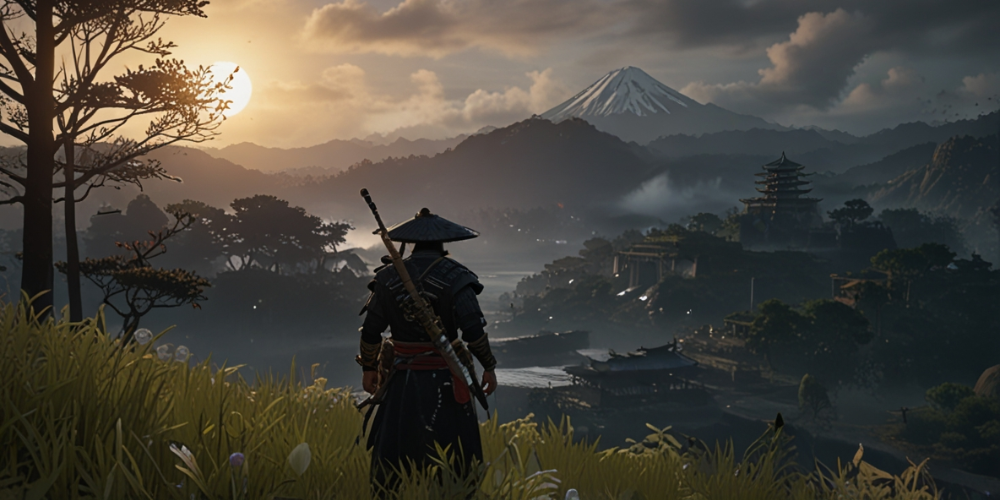
'Ghost of Tsushima' presents players with a robust combat system that artfully blends timing, strategy, and skill mechanics. The game primarily revolves around melee combat, where players control Jin Sakai, a samurai warrior battling against the Mongol invasion in feudal Japan. The combat system is intricately designed to offer varied styles and techniques, encouraging players to adapt their approaches based on different enemies and situations.
Stances and Their Importance
One of the standout features of the combat system is the stance mechanic. Jin can switch between different stances, each tailored specifically to combat various enemy types. The four stances—Stone, Water, Wind, and Moon—provide unique advantages. For example, the Stone stance is effective against swordsmen, while the Water stance excels when facing shielded foes. Mastering each stance is vital for overcoming challenges and maximizing combat effectiveness.
Timing and Parrying
A crucial aspect of combat in 'Ghost of Tsushima' is the timing of attacks and parries. Players can execute a perfect parry to turn an enemy's attack against them, creating openings for counterattacks. This requires keen observation and precise timing, as not all attacks can be parried. Learning enemy patterns will allow players to anticipate strikes and respond with well-timed counters.
Using the Environment
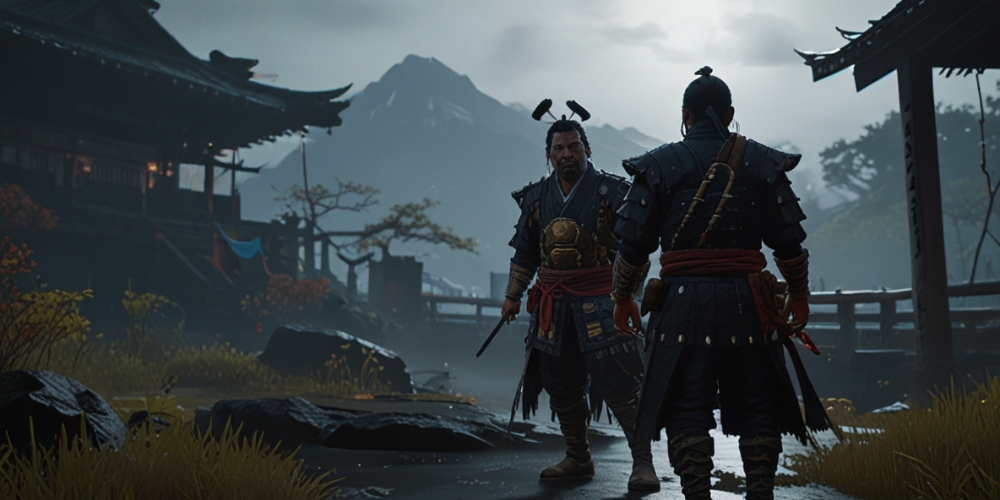
The beautifully rendered landscapes of Tsushima serve not only as a backdrop but also as a vital component of gameplay. Gamers can exploit the surroundings to their benefit by enticing foes into traps or leveraging height to secure a strategic edge. Observing surroundings for potential hiding spots or vantage points can significantly enhance tactical planning.
Tools of War: Projectiles and Gadgets
Jin has access to a variety of tools and projectiles, each designed to assist in combat. Smoke bombs, kunai, and sticky bombs provide players with multiple options for crowd control or stealthy takedowns. Knowing when to deploy these gadgets can greatly influence the flow of combat and turn the tide in challenging battles.
Stealth Mechanics
Incorporating stealth into combat strategies can prove invaluable. Players can choose to approach enemy camps undetected, taking out foes silently. This approach allows for strategic elimination without drawing attention, making it easier to manage larger groups. The game encourages a balance between stealth and open combat, allowing players to adapt their style to various situations.
Dodge and Movement Techniques
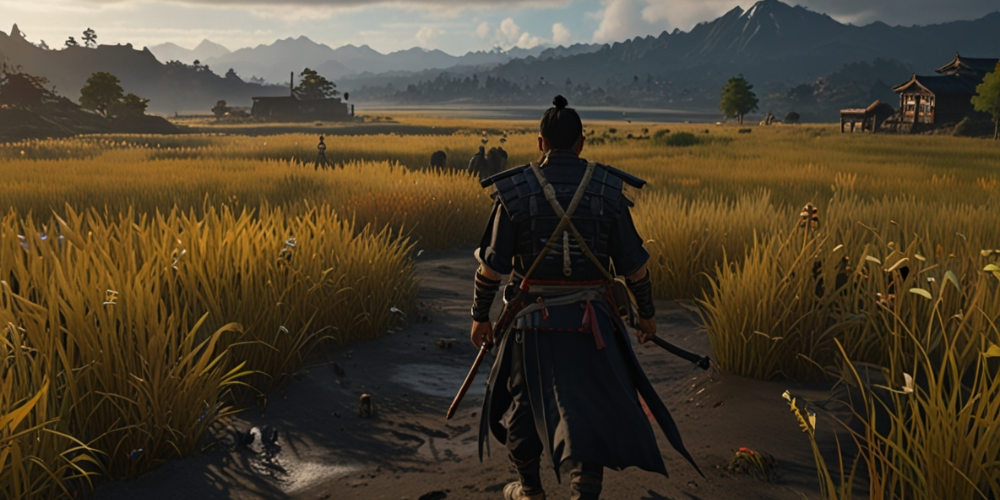 Effective movement is a key component of survival in 'Ghost of Tsushima.' Players can dodge attacks to avoid damage, especially during moments when parrying isn't ideal. The dodge rolls can be combined with swift strikes to create a hit-and-run style of combat, allowing for fluid movement on the battlefield. Maneuvering around enemies also paves the way for exploitation of openings to strike when least expected.
Effective movement is a key component of survival in 'Ghost of Tsushima.' Players can dodge attacks to avoid damage, especially during moments when parrying isn't ideal. The dodge rolls can be combined with swift strikes to create a hit-and-run style of combat, allowing for fluid movement on the battlefield. Maneuvering around enemies also paves the way for exploitation of openings to strike when least expected.
Legendary Techniques
Throughout the game, players can unlock powerful legendary techniques, each offering unique abilities that enhance combat effectiveness. Techniques like the Heavenly Strike or the Dance of Wrath infuse Jin's attacks with added power and flair. Players must experiment with these legendary techniques while also considering the combat context to ensure their effectiveness.
Upgrades and Customization
The game's progression system allows players to upgrade Jin's skills and gear, enabling personalization of combat strategies. Choosing different skills can tailor combat to fit a player's preferred style—such as specializing in stealth tactics or focusing on raw melee abilities. Customizing gear not only provides aesthetic appeal but also enhances combat capability through bonuses and enhanced stats.
Managing Health and Resolve
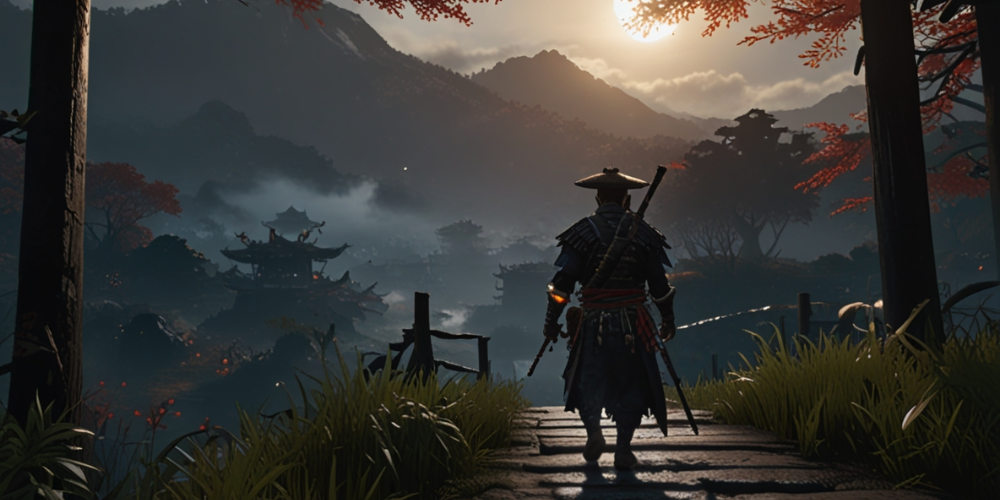
Players must keep a close eye on health and resolve. Health can be replenished through items, but resolve is crucial for executing special moves and healing in tight spots. Balancing the use of resolve for healing versus using it for powerful attacks can create complex decision-making during combat scenarios.
Enemy Diversity and Learning Patterns
'Ghost of Tsushima' features a wide variety of enemies, each with unique weapons, abilities, and combat styles. Players can tailor their combat approach by observing patterns and understanding each enemy's strengths and weaknesses. For example, some enemies might be susceptible to specific stances, while others require a more defensive strategy. Adapting to challenges keeps the gameplay dynamic and engaging.
Countering Boss Fights
Boss fights are significant moments in 'Ghost of Tsushima,' often testing the player's mastery of combat. Each boss introduces unique mechanics, requiring players to adjust their strategies accordingly. Familiarization with a boss's attack patterns—knowing when to dodge, parry, or strike—ensures success in these high-stakes encounters. The tension of these battles emphasizes the importance of all prior combat skills practiced throughout the game.
Combining Combat Styles
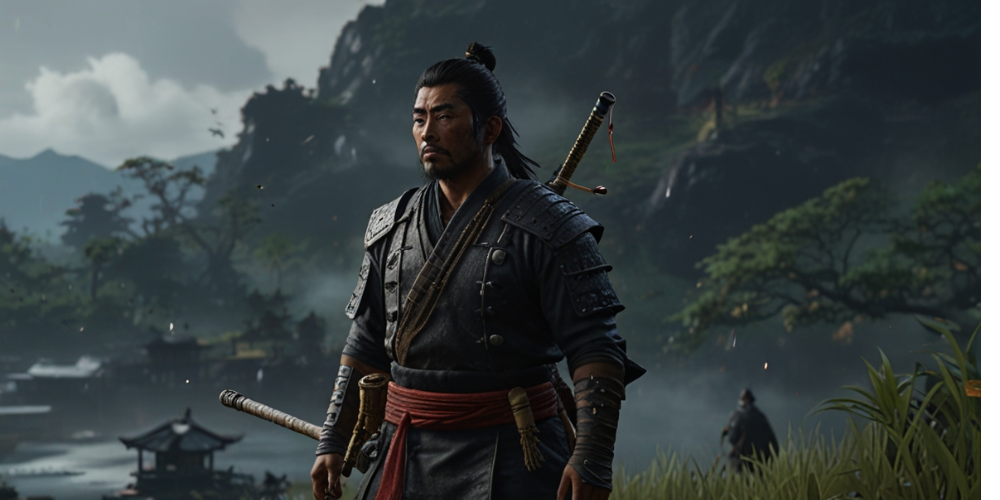
Players are encouraged to blend different combat styles and mechanics to create a fluid and unpredictable fighting pattern. For instance, transitioning from stealth to direct combat can surprise enemies and disrupt their defense. Incorporating various techniques—such as mixing stances, utilizing tools, and employing dodges—creates effective combos and keeps enemies off-guard.
The Aesthetic of Combat
The aesthetics of combat in 'Ghost of Tsushima' greatly enhance the overall experience. Each swing of the katana or eruption of feathers from a smoke bomb creates a visually stunning result, made even more captivating through cinematic effects. The artful choreography of movements, paired with an evocative soundtrack, immerses players in the combat experience and adds depth to each confrontation.
Community and Multiplayer Elements
While primarily a single-player experience, 'Ghost of Tsushima' embraces a community aspect with its online multiplayer mode, Legends. This mode introduces cooperative gameplay, allowing players to utilize their combat skills in team-based challenges. Engaging with others in this format enhances the understanding and appreciation for different combat techniques, fostering a deeper mastery of the game's systems.
Mastering the Art of War
The culmination of all these elements in 'Ghost of Tsushima' offers players a vivid journey to master the art of war. Each fight, whether against basic foes or formidable bosses, tests skill, strategy, and adaptability. Players have the opportunity to weave their narrative through combat choices, shaping Jin's journey and solidifying their legacy as skilled warriors in a world fraught with conflict.